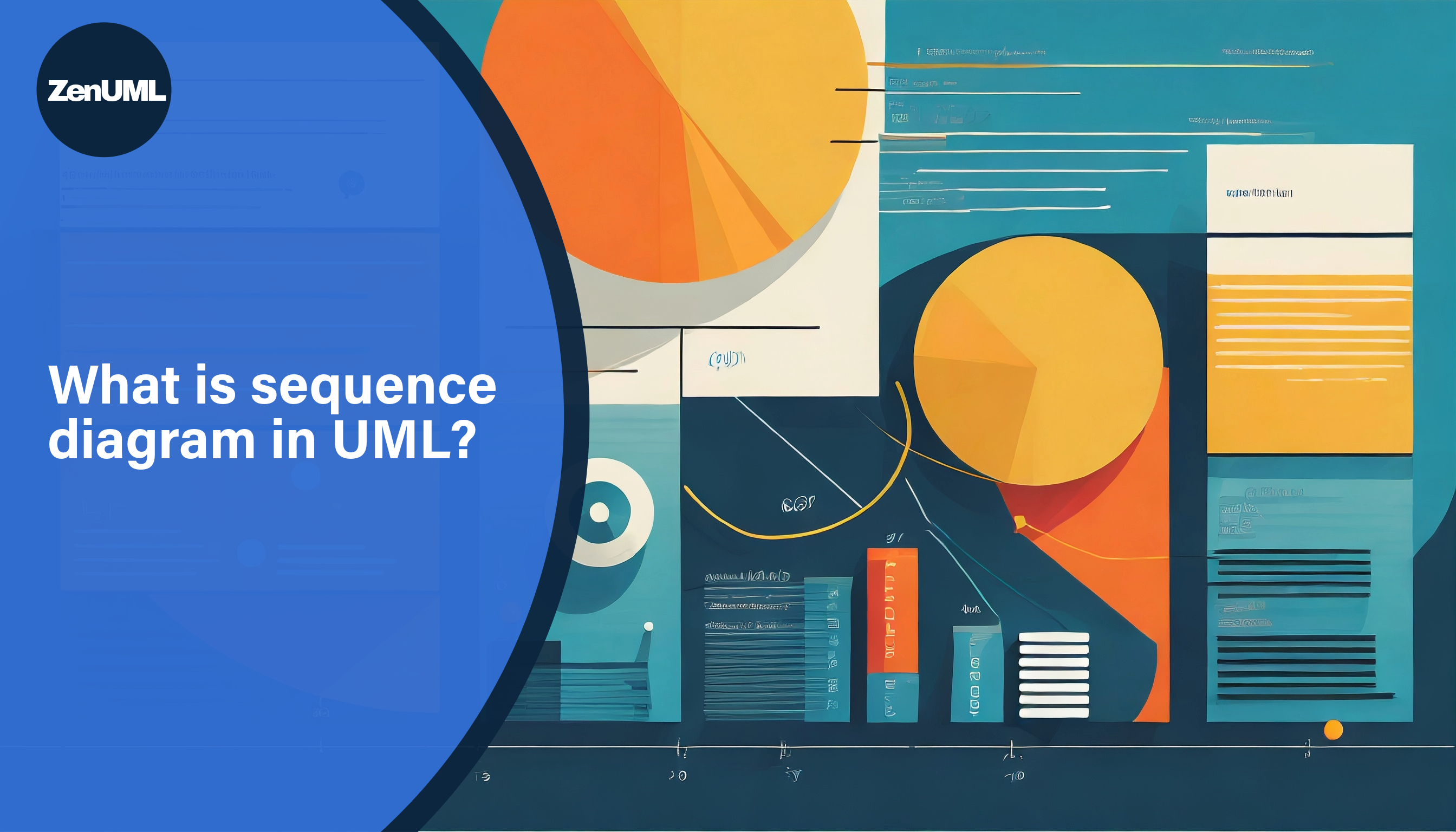
What is a Sequence Diagram in UML?
Sequence diagrams are one of the most helpful diagram types in the Unified Modeling Language (UML). But what exactly are they and why are they so useful for software developers and systems analysts? In this article, we'll break down the basics so you can start leveraging the power of sequence diagrams today.
A Visual Depiction of Object Interactions
At its core, a UML sequence diagram shows how different objects in a system interact with each other over time. It's a bit like a storyboard that displays the sequence of messages sent between objects to accomplish a task or scenario.
Sequence diagrams are especially handy for visualizing the chronological flow of operations between application components or services. For example, a sequence diagram could show the sequence of operations when a user logs into a website, illustrating the interactions between the browser, web server, database, and other components.
Sequence Diagram Components
The basic components of a UML sequence diagram include:
-
Objects - These are represented by box icons called object lifelines. Objects can be systems, components, services, users, or any other entity that participates in the scenario.
-
Messages - Message calls between objects are shown using arrows. The message name and various optional elements (like parameters) are displayed along the arrow shaft.
-
Time axis - The vertical dimension of the diagram represents time progression as the sequence flows down the page. Lower messages happen after higher ones.
There are additional elements like activations, loops, conditions, etc. that can be used to represent complex scenarios and logic flows. The UML specification provides full details on sequence diagram semantics and usage.
Please find our Language Guide with examples. Go to Quick Start to dive into our diagraming experience.
Key Benefits for Development Teams
There are several reasons why development teams should consider using UML sequence diagrams:

-
Improves understanding - By mapping out the chronological flow of a process, sequence diagrams make complex interactions easier to grasp at a glance. This improved understanding can enhance communication between team members.
-
Finds design issues - Laying out the sequence of events helps identify potential bottlenecks or problem areas in system architectures early on. Sequence diagrams enable developers to spot inconsistencies or inefficiencies in the design before coding begins.
-
Documents system behavior - The diagrams provide clear visualization of how a system operates, which is invaluable for documentation. Sequence diagrams can complement textual documentation.
-
Validates code logic - Developers can verify that their code implements the correct sequence of events by cross-checking against a corresponding sequence diagram. This helps reduce defects.
-
Supports troubleshooting - When used to depict an existing system, sequence diagrams facilitate troubleshooting by highlighting interactions that may be causing issues.
Use Cases for Sequence Diagrams
Sequence diagrams aren't just pretty pictures; they have practical uses across various stages of project development. Here's where they shine:

- System Design: During the design phase, sequence diagrams can be used to flesh out the details of how a new system will behave.
- Requirement Analysis: They help in understanding the requirements of a system by depicting how elements will interact to fulfill those requirements.
- Code Validation: Developers can use them to validate the logic of their code before diving into the nitty-gritty of coding.
- Problem Solving: When used to represent existing systems, they can help in pinpointing problems and finding solutions.
Sequence Diagrams Aren't Just for Software
While especially relevant for software design, sequence diagrams are also extremely helpful for describing business processes, value streams, and organizational workflows. They can provide visibility into inefficiencies and waste across IT systems and business operations.
In fact, according to a recent survey, over 70% of organizations use UML diagrams like sequence diagrams for business process modeling and documentation. The chronological perspective provided by sequence diagrams is ideal for this purpose.
Start Diagramming!
Rather than abstract descriptions in text, sequence diagrams provide a concrete visual medium for exploring and communicating system dynamics. Intuitive creating and sharing through online tools makes it easy to start leveraging sequence diagrams on your next project.
If you're ready to jump into UML sequence diagramming, check out ZenUML for an easy way to get started and share sequence diagrams online. With collaborative editing and built-in community templates, ZenUML makes it simple to reap the many benefits of sequence diagrams for your systems and organizations.